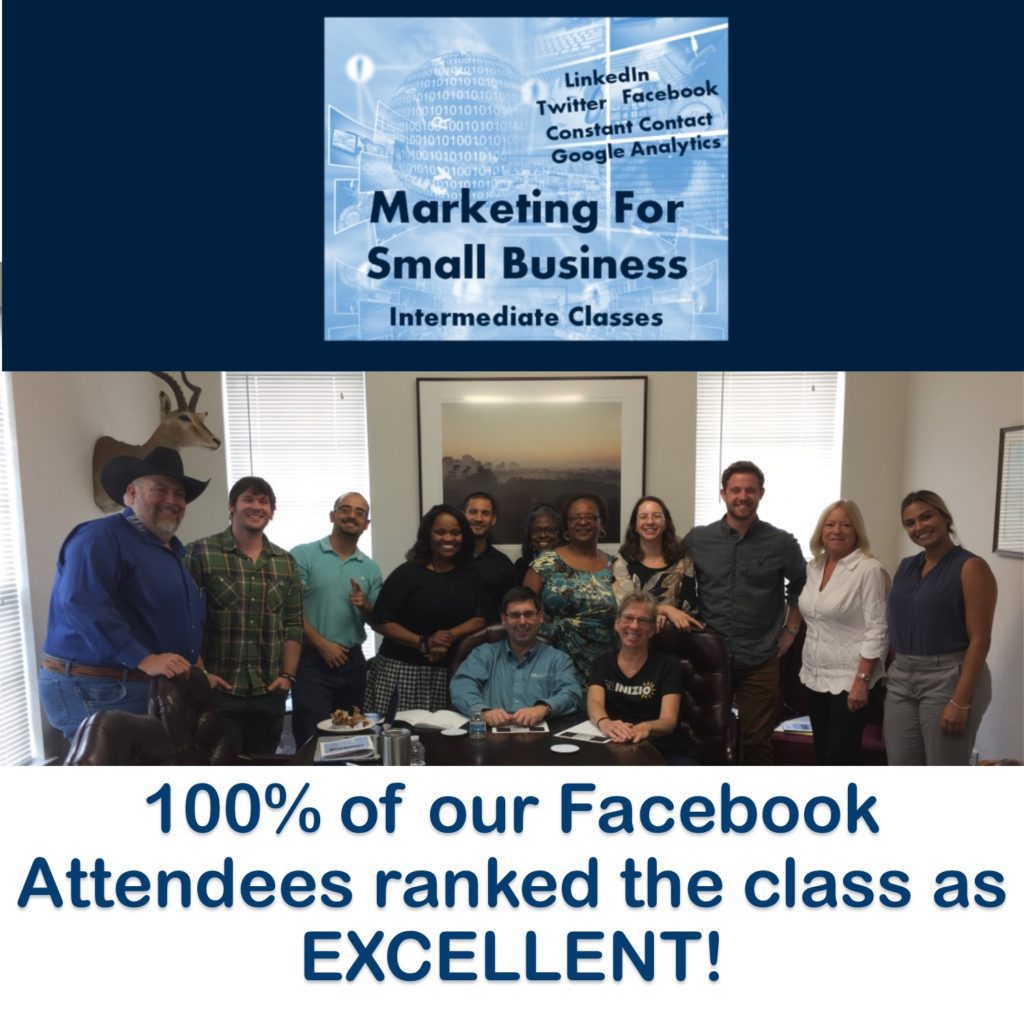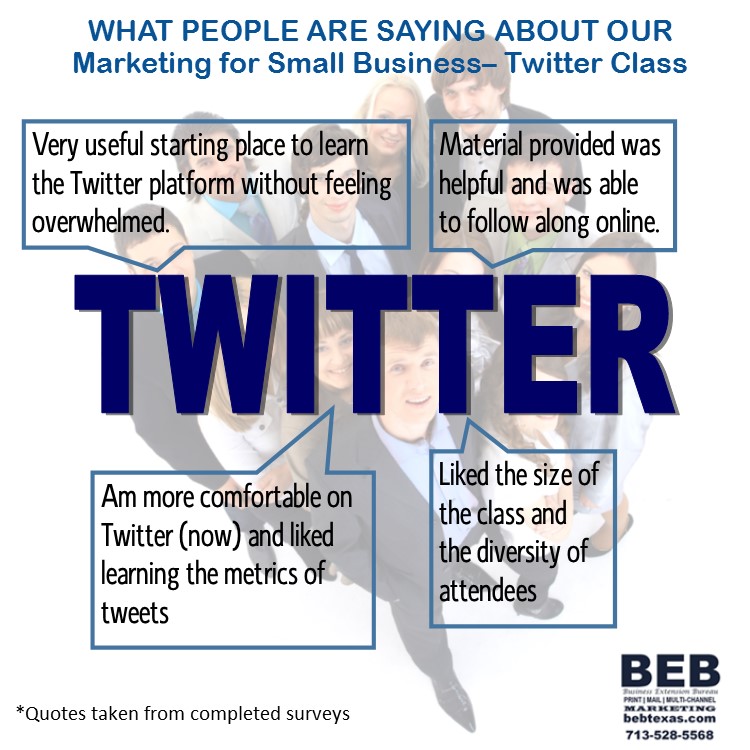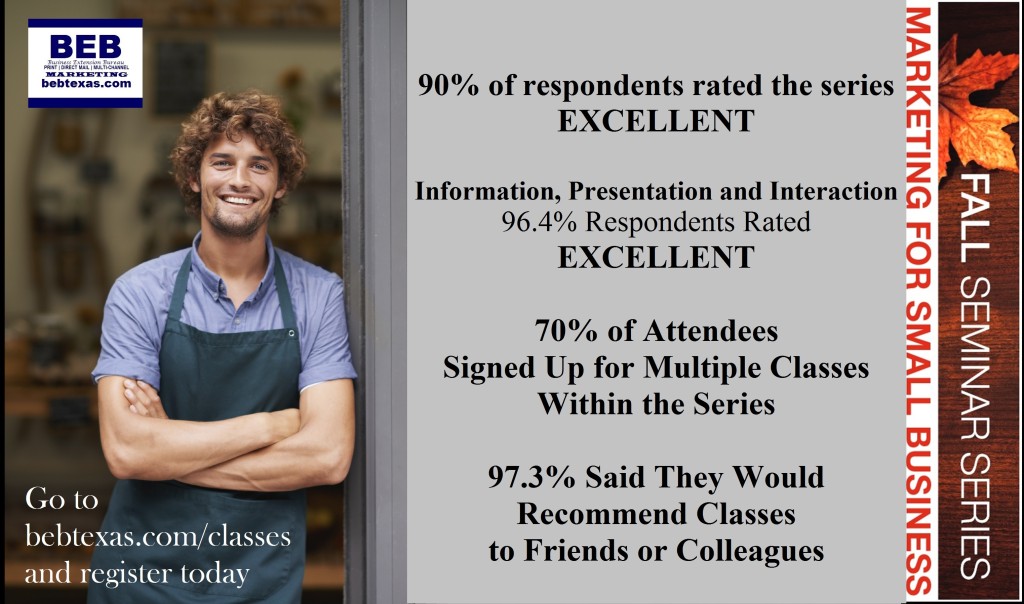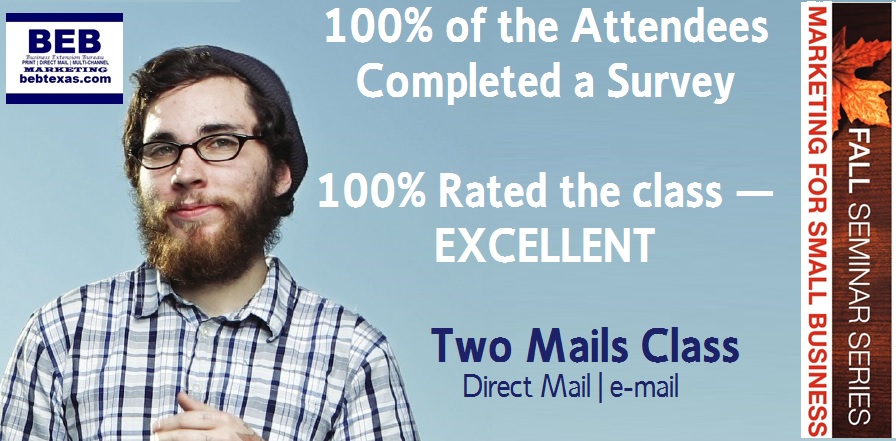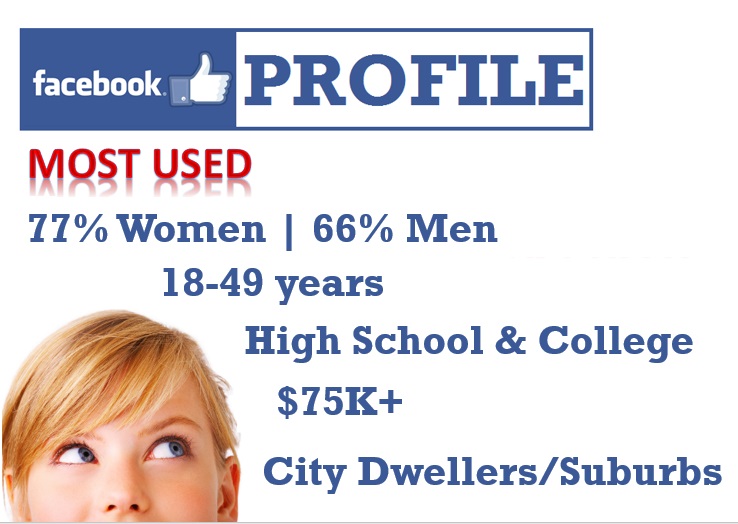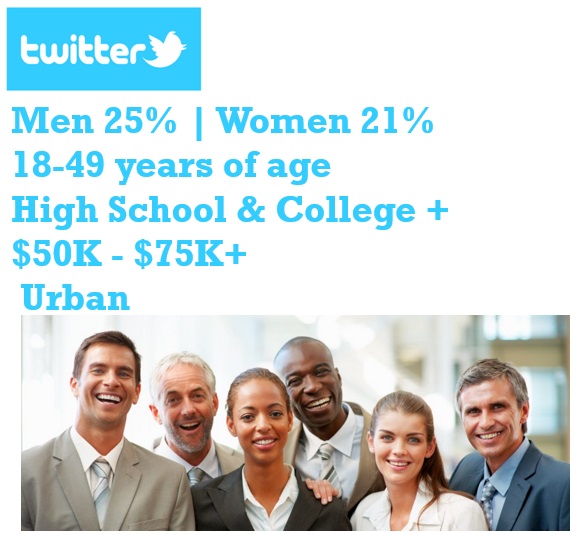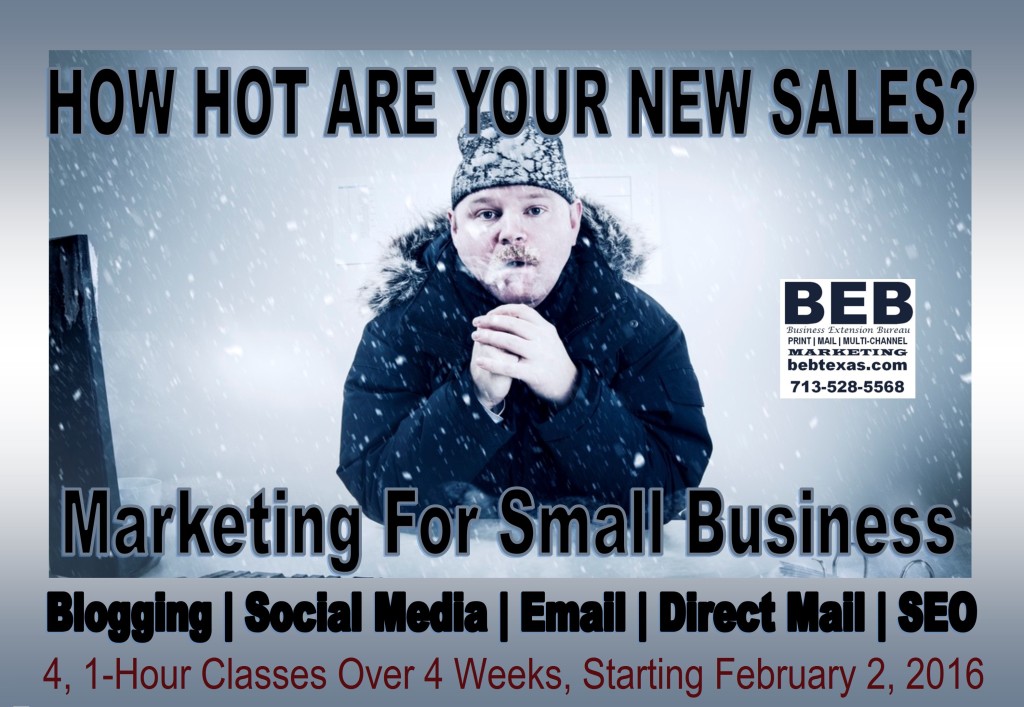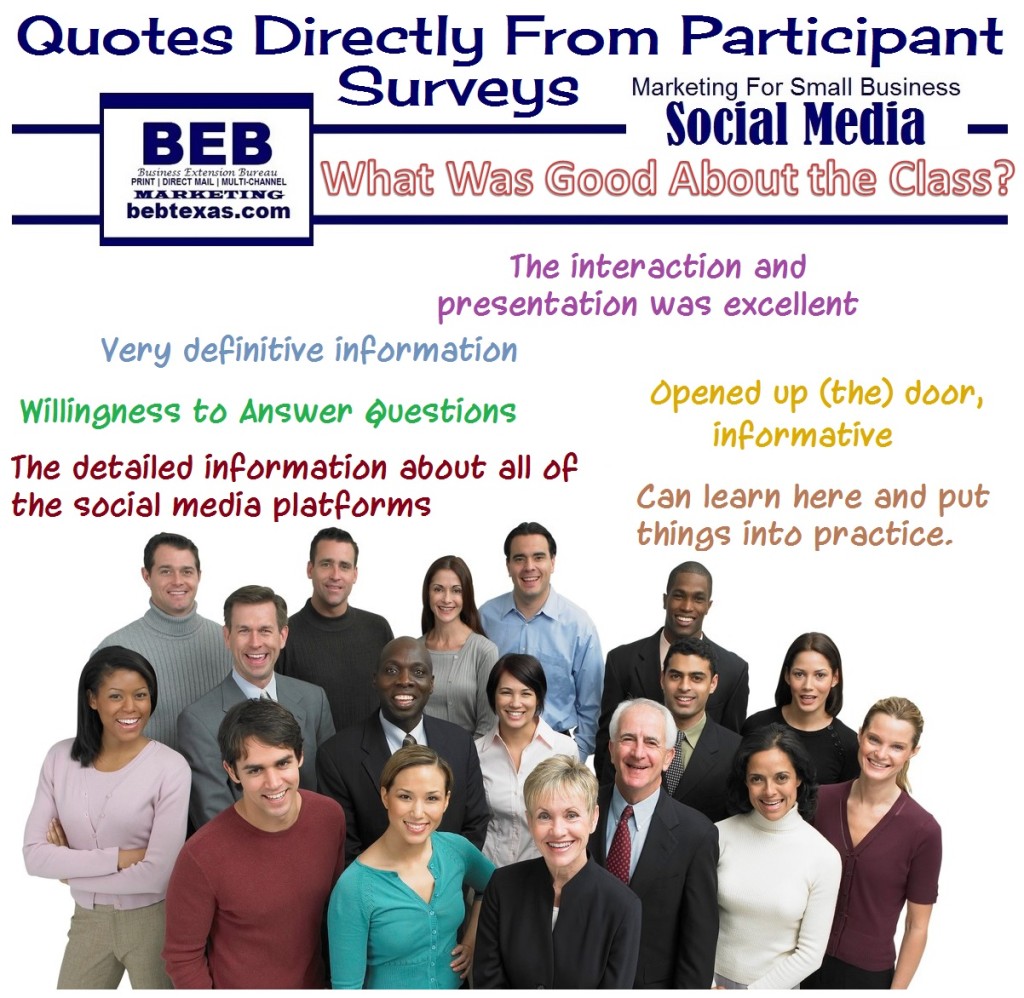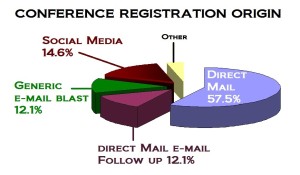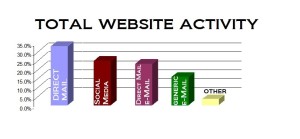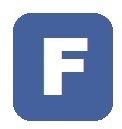 Last month, Facebook announced 4 new advertising solutions launching in 2016 during the Cannes Lions Festival in Cannes, France. The focus is on accelerating the shift to mobile advertising as the platform boasts 1.6 billion active users on Facebook and another 500 million on Instagram. The new solutions include:
Last month, Facebook announced 4 new advertising solutions launching in 2016 during the Cannes Lions Festival in Cannes, France. The focus is on accelerating the shift to mobile advertising as the platform boasts 1.6 billion active users on Facebook and another 500 million on Instagram. The new solutions include:
- Audience Insights Application Program Interface (API)
Facebook partnered with a small group of advertisers, like Mondelez International (an American multinational confectionery, food, and beverage conglomerate based in Illinois which employs about 107,000 people around the world) and Anheuser-Busch InBev (the world’s largest brewer with 25% global market share), to develop insights from composite and unidentified demographics, psychographics, topic data and reports from Facebook IQ. The teams have been able to use these insights to create effective campaigns. The Audience Insights API will be available to partners early next year.
- Improvements to Canvas
Introduced last year, Canvas is a post-click, full-screen, immersive mobile ad experience that loads instantaneously. It is designed to help businesses tell stories and show products on mobile devices in a beautiful way. Updates include steps to make it easier for marketers to design, create, share and gain insights, the ability to share Canvases with stakeholders to simplify the review process and it will have a new feed unit to help entice people to engage. In addition, Canvas will be available for all Pages to use in a post (even when it’s not promoted as an ad). Also, marketers will be able to access detailed metrics such as dwell time per component and clicks per component to track performance.
loads instantaneously. It is designed to help businesses tell stories and show products on mobile devices in a beautiful way. Updates include steps to make it easier for marketers to design, create, share and gain insights, the ability to share Canvases with stakeholders to simplify the review process and it will have a new feed unit to help entice people to engage. In addition, Canvas will be available for all Pages to use in a post (even when it’s not promoted as an ad). Also, marketers will be able to access detailed metrics such as dwell time per component and clicks per component to track performance.
- Enhancements to Slideshows
Slideshow ads make it easy for businesses to create videos from photos. It gives the ability to create, edit and promote video ads in seconds and are five times lighter than the average video file, which means they’re ideal to reach people on slow connections. Audio and text overlay, an easy “video-to-slideshow” creation tool, the ability to create from a mobile device and integration with Pages Photo Library and Shutterstock image library are the latest enhancements. These tools will be available to all advertisers and can be used however you would use a video.
- Introduction of Creative Hub
People consume content on mobile in fundamentally different ways than they do on other channels. Creative Hub is an online interface, a “sandbox” where agencies can test different ad formats for online and mobile and experiment with what works best. In the past, most ad creation happens on desktop, but that is changing fast and Creative Hub’s experience is for a mobile device. The Creative Hub gives ad creators an easy way to preview their work in a dynamic mobile feed. They can also share mock-ups through a preview URL.
The Creative Hub is currently in test mode and should be available to everyone later in the year.
Facebook for small business continues to change almost daily. We’ll (try) to keep you abreast of the latest updates and opportunities as we learn them.
For more details, be sure to check out our Marketing for Small Business Classes too. We offer two curriculum, The Basics and Intermediate.
The Basics course was specifically created for business owners and staff that are branching out their marketing to include digital. The course includes four, 90-minute classes over four weeks. Classes include Blogging, Social Media, Email Marketing, Direct Mail Marketing and Organic Search Engine Optimization.
The Intermediate courses (also four, 90-minute classes over four weeks) are: HOW TO: Facebook, Twitter, LinkedIn and Constant Contact. Check out details, dates and pricing here.
 Our Zoo is the BEST! Talk about thinking outside of the box. At 11am on their Facebook Page everyday we get to visit the Houston Zoo!
Our Zoo is the BEST! Talk about thinking outside of the box. At 11am on their Facebook Page everyday we get to visit the Houston Zoo!



